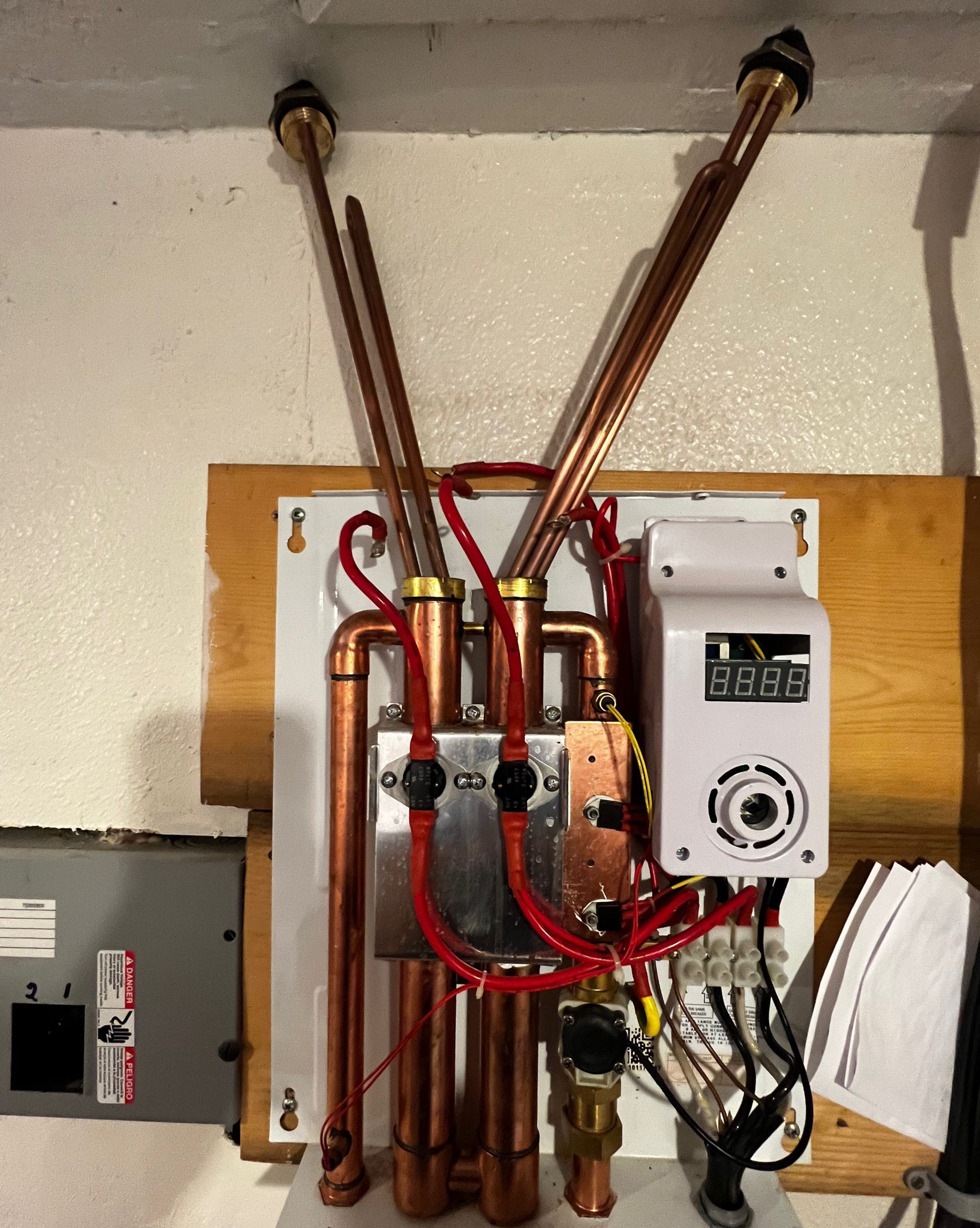What're your thoughts and feelings about What Kind of Maintenance Do Water Heaters Need??

Hot water is vital for day-to-day comfort, whether it's for a refreshing shower or washing recipes. To guarantee your warm water system runs efficiently and lasts longer, regular maintenance is vital. This article offers functional ideas and insights on just how to keep your home's warm water system to prevent disruptions and expensive repair work.
Introduction
Keeping your home's warm water system could appear challenging, however with a few easy actions, you can guarantee it runs smoothly for many years to come. This overview covers everything from comprehending your warm water system to DIY maintenance pointers and knowing when to employ expert assistance.
Significance of Keeping Your Hot Water System
Routine maintenance not just expands the lifespan of your hot water system yet also guarantees it operates efficiently. Overlooking upkeep can lead to reduced effectiveness, higher power costs, and even early failure of the system.
Indications Your Warm Water System Demands Maintenance
Knowing when your hot water system needs attention can prevent significant concerns. Keep an eye out for signs such as inconsistent water temperature, unusual sounds from the heater, or corroded water.
Purging the Hot Water Heater
Flushing your water heater removes sediment build-up, improving performance and lengthening its life.
Monitoring and Replacing Anode Rods
Anode rods stop deterioration inside the tank. Checking and replacing them when broken is critical.
Facility Issues Calling For Specialist Aid
Instances include major leakages, electrical issues, or if your water heater is constantly underperforming.
Regular Professional Upkeep Advantages
Professional maintenance can include extensive inspections, tune-ups, and guaranteeing compliance with safety and security criteria.
Examining and Readjusting Temperature Level Setups
Readjusting the temperature level settings guarantees optimum efficiency and safety.
DIY Tips for Maintenance
You can execute a number of maintenance jobs yourself to keep your warm water system in top problem.
Checking for Leakages
Consistently evaluate pipelines and links for leakages, as these can lead to water damage and higher expenses.
Understanding Your Hot Water System
Prior to diving right into upkeep jobs, it's valuable to understand the basic elements of your warm water system. Usually, this includes the water heater itself, pipes, anode poles, and temperature controls.
Regular Monthly Maintenance Tasks
Normal regular monthly checks can assist capture small concerns prior to they rise.
Testing Stress Relief Valves
Examining the pressure safety valve ensures it operates appropriately and prevents excessive stress build-up.
Insulating Pipelines
Shielding hot water pipelines decreases heat loss and can conserve energy.
When to Call a Specialist
While do it yourself maintenance is valuable, some issues need expert competence.
Conclusion
Normal maintenance of your home's hot water system is crucial for efficiency, long life, and price financial savings. By adhering to these tips and knowing when to seek professional help, you can guarantee a trusted supply of warm water without unanticipated disturbances.
How to Maintain an Instant Hot Water Heater
Before tinkering with your hot water heater, make sure that it’s not powered on. You also have to turn off the main circuit breaker and shut off the main gas line to prevent accidents. Also turn off the water valves connected to your unit to prevent water from flowing into and out of the appliance. 2. When you’re done, you have to detach the purge valves’ caps. These look like the letter “T” and are situated on either side of the water valves. Doing so will release any pressure that has accumulated inside the valves while at the same time avoid hot water from shooting out and burning your skin. 3. When the purge valves’ caps are removed, you have to connect your hosing lines to the valves. Your unit should have come with three hoses but if it didn’t, you can purchase these things from any hardware or home repair shops. You can also get them from retail stores that sell water heating systems. Read the user’s manual and follow it to complete this task properly. When the hosing lines are connected, open the purge port’s valves. 4. You should never use harsh chemical cleaners or solutions when cleaning your unit. Make use of white vinegar instead. It should be undiluted and you’ll probably use about 2 gallons. 5. Now flush your water heater. This task should probably take about 40 minutes. We can’t give you specific directions for this because the procedure is carried out depending on the type, model and brand of your heater. With that being said, refer to the user’s manual. 6. When you’re done draining the unit, you have to turn off the purge port valves again. Remove the hosing lines that you earlier installed on each of the water valves. Put the valve caps (purge port) back in their respective places and be very careful so as not to damage the rubber discs that are found inside these caps. 7. Now that everything’s back in place, check your user’s manual again to find out how to reactivate your water heating system. 8. Once it is working, turn one of your hot water faucets on just to let air pass through the heater’s water supply pipes. Leave the tap on until water flows smoothly out of it. https://www.orrplumbing.com/blog/2014/september/how-to-maintain-an-instant-hot-water-heater/

Do you like more info about Tips on Maintaining a Water Heater? Try to leave a remark directly below. We will be glad to know your insights about this blog entry. We are looking forward to see you back again in the near future. Sharing is good. Helping people is fun. I appreciate reading our article about What Kind of Maintenance Do Water Heaters Need?.
See Availability